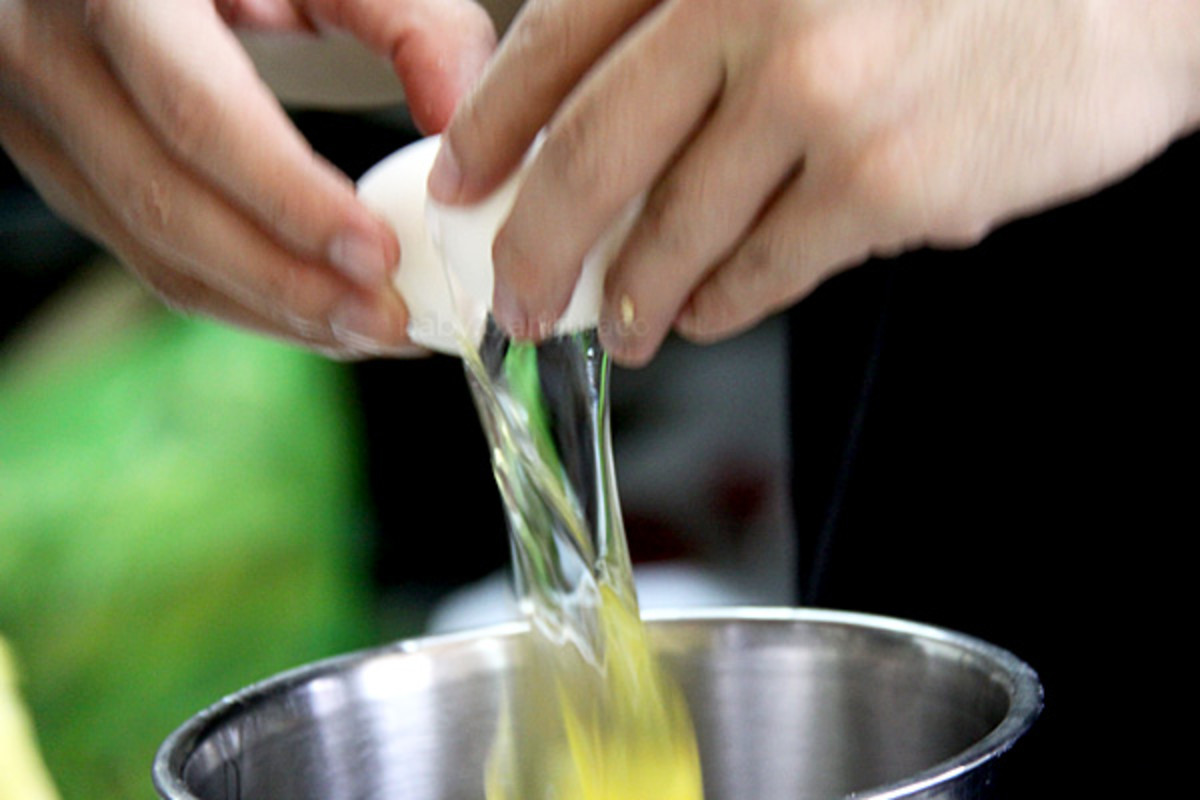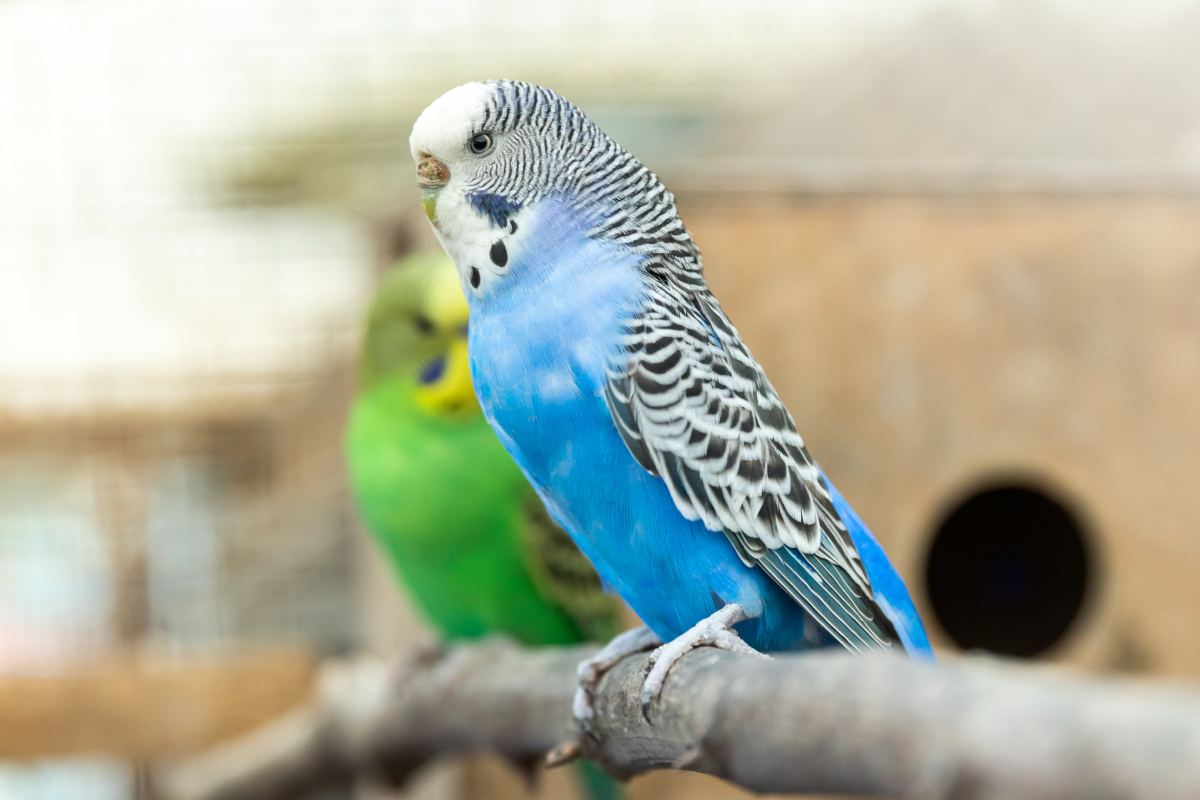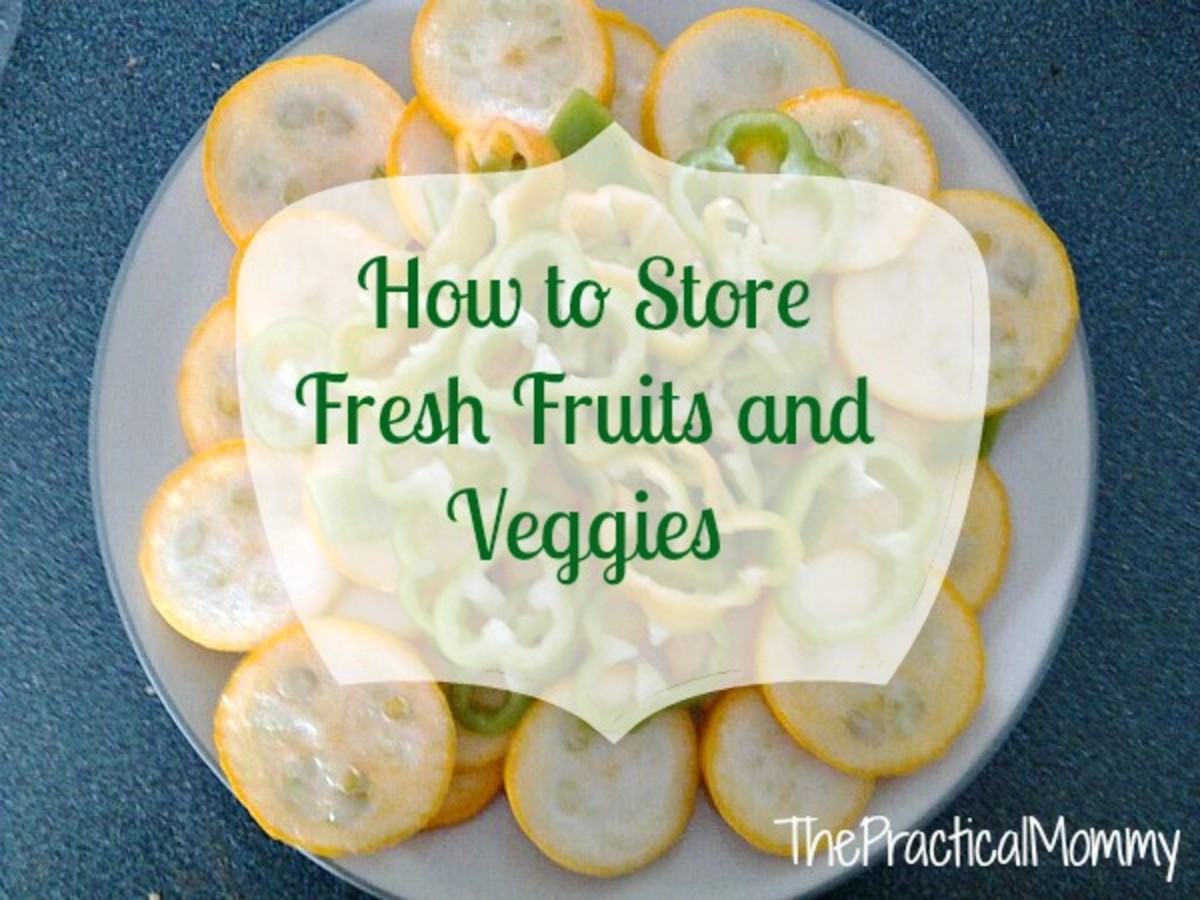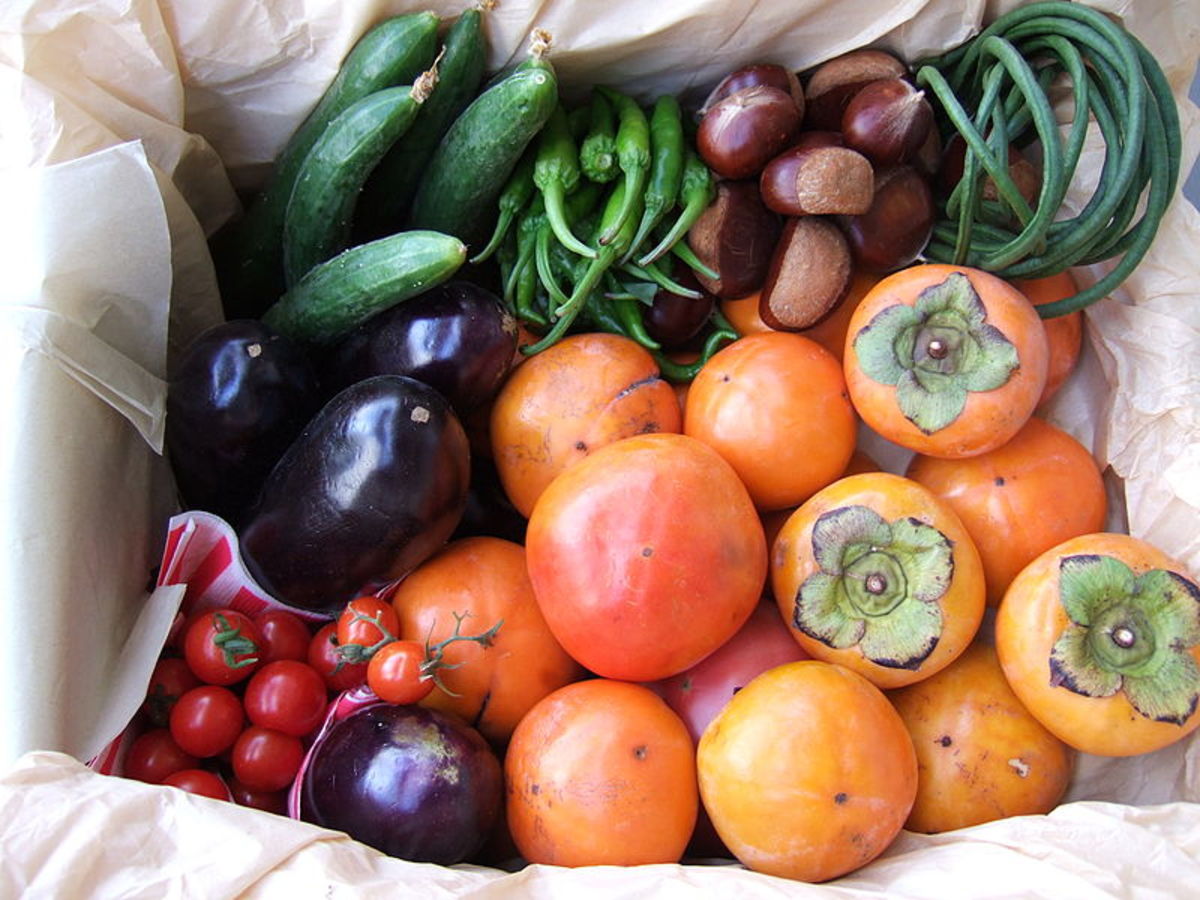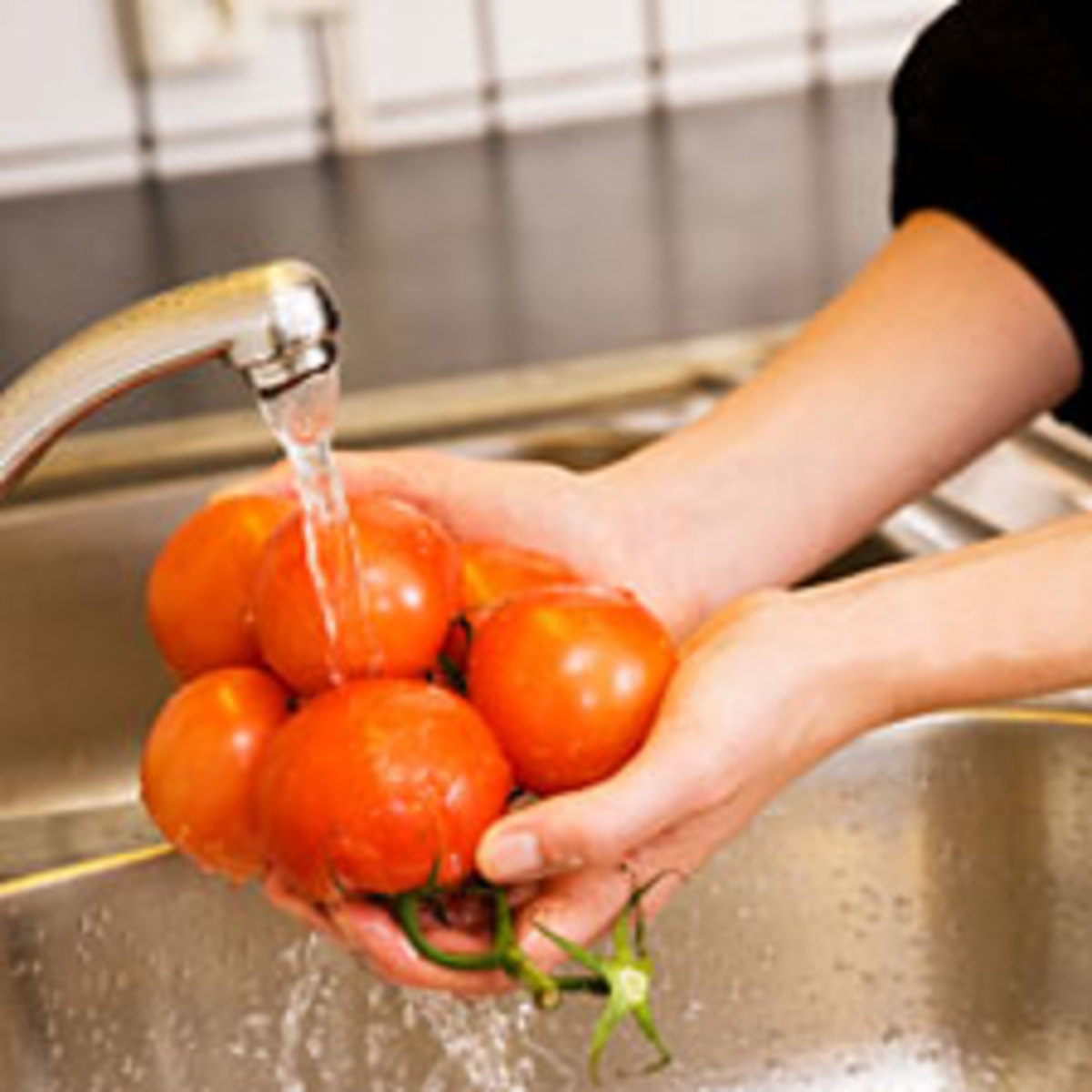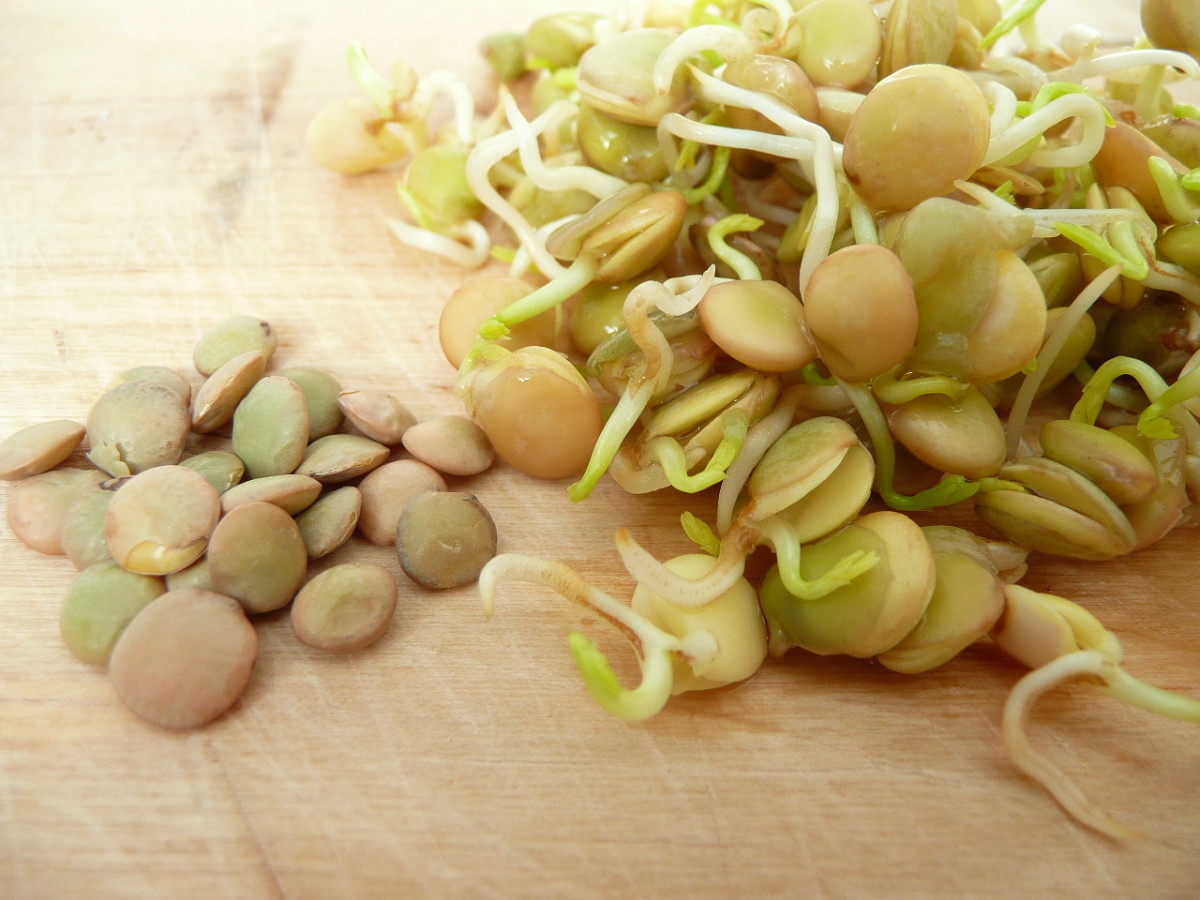How To Properly Clean Fruits and Vegetables Before Eating Them
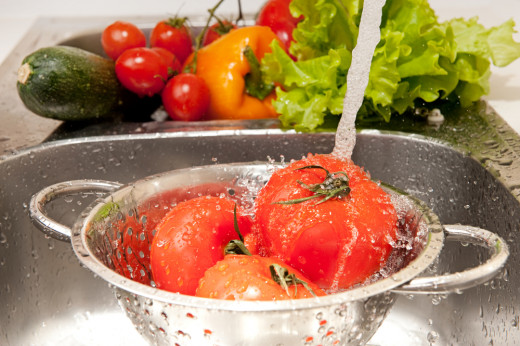
Why should I care to clean?
Eating healthy is one thing, but consuming our foods in a healthy way is another. While we are trying to do our best to live a long healthy lives, we must never forget about the little critters that can make our efforts futile. Much of the problems we face today is a result of what we consume; and a lot has to do with the effects of micro-organisms and agricultural chemicals. Why care to clean? Well, the mere fact is simple. It is better to avoid eating raw fruits and vegetables than to eat them dirty. Micro-organisms, parasites and chemicals can do a lot more damage to your body than nutrients can do good for you. Below is a list of dangerous pathogens found to contaminate fruits, vegetables and herbs.
Common Pathogens Found On Fruits & Vegetables
Common Pathogens
| Foods commonly infected
|
|---|---|
Staphylococcus
| Carrots, Onions, Onion sprouts, Radishes, Alfa alfa sprouts, Parsley
|
E.coli 0157:H7
| Apple juice, Pears, Peaches, Apple Cider, Cabbages, Lettuces, Cilantro, Cress sprouts
|
Bacillus cereus
| Zuccini, Cucumbers, Soybean sprouts, Mustard sprouts, Cress sprouts and other Culinary Sprouts
|
Salmonella
| Tomatoes, Cabbage, Chilli peppers, Eggplants, Alfalfa sprouts, Lettuce, Parsley, Strawberries, Spinach, Fennel, Celery, Watermelon, Cantaloupe
|
Clostridium botulinum
| Cauliflower, Broccoli, Cabbages, Various Mushrooms, Various Pepeprs
|
Listeria monocytogenes
| Cabbage & Family, Bean sprouts, Cucumber, Chicory, Eggplants, Most Salad vegetables, Mushrooms, Radishes, Tomatoes, Potatoes
|
Campylobacter jejuni
| Lettuces, Cabbage, Green onions, Various Mushroom, Parsley, Pappers, Potato
|
How do you wash fruits and vegetables?
Cleaning vegetables and fruits thoroughly is the best way to prevent yourself and family from getting sick from germs. Germs, insects, animals and parasites all depend on fruits and vegetables for meal, breeding and habitat. It is important to pay special care to wash all fruits and vegetables properly to avoid ingesting the undesirable.
Things you will need
These are the suggested items needed for proper cleaning of fruits and vegetables:
- A large plastic or ceramic bowl or a saucepan
- water for washing
- 1 tablespoon counter salt
- 1 tsp vinegar
- 1 tsp baking soda
- 1/2 tsp chlorine bleach or 1/2 of a chlorine tablet
- vegetable brush
- a colander
About bleach
You can use a single bleach tablet or 1/2 tsp chloride bleach in washing water solution. However, leafy vegetables absorb substances quickly and may have the taste of bleach if you do not rinse them well. Most persons prefer to disinfect leafy vegetables with baking soda, salt and vinegar as these don't really affect the taste of their food.
How To Clean Leafy & Flower Vegetabes
Leafy and flower vegetables include:
- Spinach
- Water cress
- Cabbages
- Kale
- Lettuce
- Broccoli
- Cauliflower
- Culinary herbs like parsley, basil and so on
Many insects love to eat leafy vegetables and lay their eggs on them. To properly clean them and remove or kill insects and eggs do the following:
- Fill a large bowl with water and add 1 tablespoon of salt. Stir this solution.
- Add 1 tsp vinegar, 1 tsp of baking soda. Stir well
Prepare your vegetables first. Pick off anything you don't want on them like bad leaves, large insects, stems and so on. Separate leaves if you can. For round cabbages, remove outer leaves and cut it in 1/2 or quarters. Place your leafy vegetable in the water solution and let stand for 5 to 15 minutes. The salt will remove and neutralize any pesticide residue as well as cause insects and eggs to lose their attachment to the leaves.
After soaking, wash vegetables with your hand in the same solution. Now transfer them to a colander and rinse thoroughly under running water. Drain and prepare.
It is really difficult to get rid of all insects and eggs, but if they did not all slide off, most will be dead. Your vegetables will be safe to eat raw or prepare in a meal.
TIP
Even if you plant to peel root vegetables you still have to wash them. Peeling dirty vegetables contaminates the flesh with germs and dirt. Wash in cleaning solution before peeling and rinse after peeling.
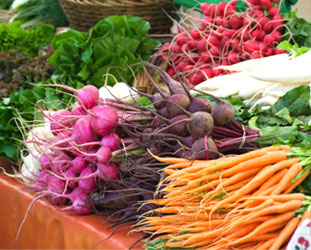
How To Clean Root, Tuber and Stem Vegetables
Root, tuber and stem vegetables include:
- Carrots
- Beets
- Radishes
- Celery
- Asparagus
- Turnip
- Leeks
- Yams
- Potatoes
- Ginger
- Chives
- Fennel
Root and stem vegetables are generally hard in texture. They can be dirty and may carry more pesticides than bugs. Salt is the safest way to rid vegetables of pesticides and other chemicals.
To clean root and stem vegetables like potatoes and celery, do the following:
- Fill a large bowl with clean water
- Add 2 tablespoons of salt to the water
- Add 1 tsp of vinegar to the water
- Stir solution well.
Prepare vegetables by removing anything you don't want on them. Cut off spoiled parts on the stem and bulb. Place vegetables in water solution. Let stand for a minute or two. Wash well with your hands and use a vegetable brush to scrub off any dirt that remain on them.
After washing in salty solution, place in a colander and rinse well under running water. Drain and prepare.
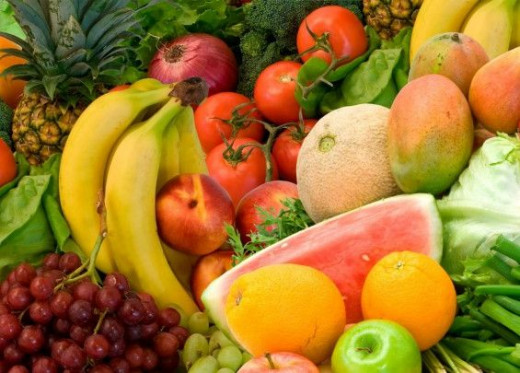
TIP
Do not add bleach to solution when washing strawberries, kiwi, berries and other succulent fruits. These will absorb the chlorine, making them smell and taste of bleach.
How To Clean Fruits & Fruiting Vegetables
Examples of fruits and fruiting vegetables are:
- Strawberries
- Apples
- Peaches
- Tomatoes
- Cucumber
- Squash
- Pumpkin
- Peppers
- Oranges
- Grapes
- Berries
Fruits and fruiting vegetables are the most neglected when it comes to washing. While it is generally okay to give most of these foods a basic rinse, better cleansing is required for cleaner fruits. To properly clean fruits and fruiting vegetables do the following:
Fill a large bowl with clean tap water.
- Add 1 tablespoon of salt (for chemical residues and insects)
- Add 1/2 tsp chlorine bleach or 1 tsp vinegar plus 1 tsp baking soda (for germs)
- Mix solution well.
Insert fruits and vegetables and wash thoroughly. Citrus fruits, whole pumpkins and so on can be scrubbed with a vegetable brush if necessary.
After washing, rinse in pure clean tap water.
Cleaning fruits and vegetables properly will help us have a peace of mind when eating them. Proper washing will kill most germs and insects making them safer to eat. If you eat raw vegetables in salads or like to juice them, always remember to wash them properly before use.
Related Article
- Reasons To Properly Wash Fruits And Vegetables Before...
There are many reasons to properly wash fruits and vegetables before eating them. As clean and innocent as they may seem, tossing them before washing them can have grave consequences.


